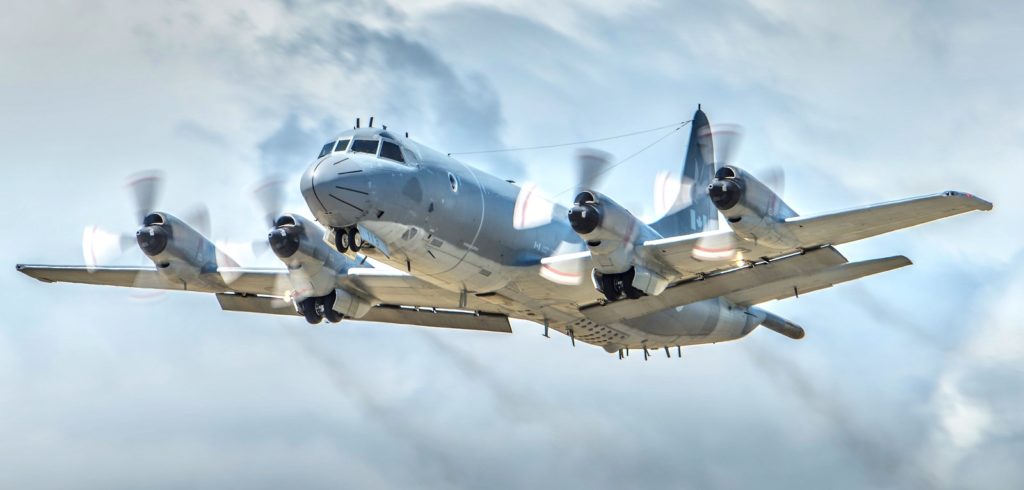Estimated reading time 5 minutes, 24 seconds.
If the Canadian government is to inject billions of dollars into military procurement over the next decade and successfully deliver on dozens of major capital projects, the defence industry must play a critical role.
When the new defence policy was released in June 2017, the Liberal government committed to increase the Department of National Defence (DND) budget from $18.9 billion to $32.7 billion by 2026-27 and provide up to $62 billion for the military over the next 20 years.

Experience has shown, however, that increased spending can strain government and industry capacity to meet the requirements and schedules for multiple projects.
Industry is up for the challenge providing it has predictability in the programs and the process, said Mike Greenley, president of Burlington, Ont.-based L3 WESCAM and a former chair of the board for the Canadian Association of Defence and Security Industries (CADSI).
“Industry capacity to respond and surge is obviously greater the more horizon you can give it,” Greenley said at a recent Ottawa conference, hosted by the Canadian Global Affairs Institute, examining the implications of Canada’s Defence Policy: Strong, Secure, Engaged.
Greenley–a former executive with General Dynamics and CAE and a veteran of many procurement programs–said large foreign and Canadian manufacturers would make the necessary investments in smaller Canadian companies and production capacity if they have confidence in the opportunity.
“If we talk about these things far enough ahead of time, I think people will invest and have Canadian content ready,” he added.
MGen Jean-Marc Lanthier, chief of program, said the new policy had generated almost four dozen projects, but he cautioned that the government and military could not succeed if “we don’t tap into innovation.”
One way to encourage early industry engagement might be to run competitions at the research and development (R&D) phase of certain projects, rather than waiting until after the statement of requirements (SOR) has been fully defined.
“If [you wait] for the SOR and everyone fights to the death for that thing, then your ability to respond and scale up is obviously diminished because you are not going to believe in it until, for sure, you absolutely have [it],” Greenley stated. “Industry can do a lot more if they are engaged earlier.”
As an example, he pointed to the process to replace the current fleet of CP-140 Aurora aircraft, which is undergoing a series of block upgrades to extend service life into the 2030s. If, as the commander of the Royal Canadian Air Force (RCAF) has suggested, the goal is a Canadian-built maritime patrol platform with Canadian-developed anti-submarine warfare and other capabilities, “while we modernize the CP-140s today, we could run a competition tomorrow [to get] an industrial team together for next generation maritime patrol.”
That would “allow things to happen easier and quicker, engage the whole base sooner, in addition to giving them stability” to survive a change in government or government priorities, he said. “We wouldn’t normally do that in Canada. But to [earlier] points about how do you connect industrial capacity with innovation, with trying to get more done with less people with more money, we could [do it].”
Defence policies rarely survive as economic blueprints beyond their first few years. In a panel on framing the government’s challenge, several former senior public executives noted how quickly a shift in the domestic financial picture or international circumstances forced previous governments to change course.
Still, current government officials were optimistic about the policy, noting it is still early days. Andre Fillion–chief of staff, Materiel, and a former RCAF officer who led the acquisition programs for the CC-177 Globemaster, CC-130J Hercules, CH-147F Chinook and CH-148 Cyclone–acknowledged that more certified project managers are needed, as are improvements to streamline the procurement process.
An increase in contracting authority to $5 million would allow the Army, Navy, Air Force and special operations forces to directly manage about 80 per cent of DND’s procurement projects, freeing up resources and staff for the larger, more challenging and riskier programs.
The department will look more holistically at projects, factoring in infrastructure requirements, like hangars, when it acquires an aircraft, and it will place greater reliance on analytics using data to drive decisions on complex programs, said Jody Thomas, deputy minister of National Defence.
The department also added two new associate deputy ministers with extensive experience in government and procurement. “We are restructuring the department to deliver,” concluded Thomas.








